|
Fifty eight volunteers - but first to arrive... well, can you see us? Better? 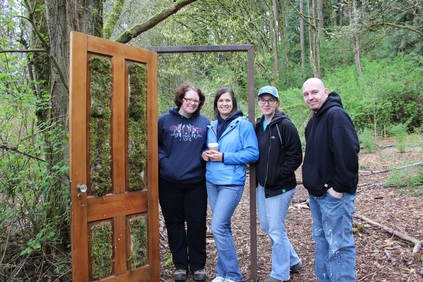 Things started quietly. Friends from Starbucks were first to arrive. Bothell Mayor Joshua Freed stopped by just before the crowd showed up (missed the photo opp). And then... 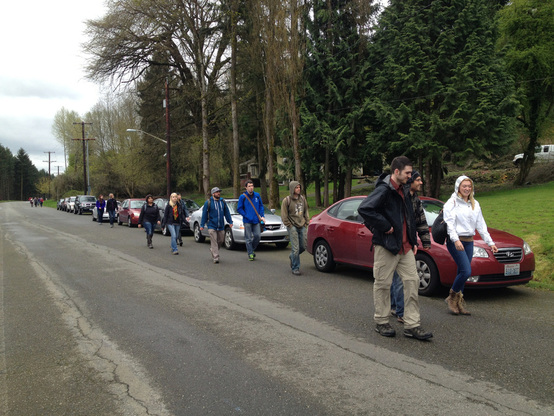 People started flooding in, on foot and by car. 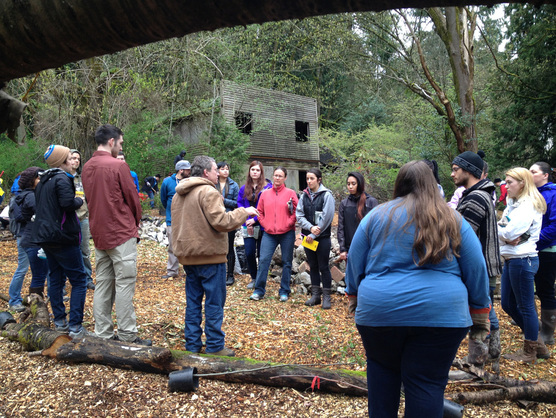 Safety briefings and introductions to the 2013-14 UWREN Team 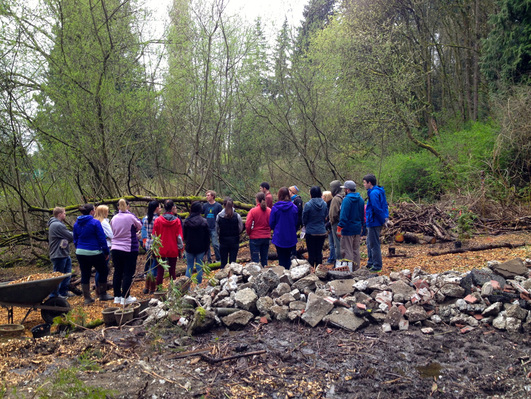 UWREN Team members lay out the task for the day. This was repeated several times as people came in waves. It was really well organized, especially for such a big turnout. 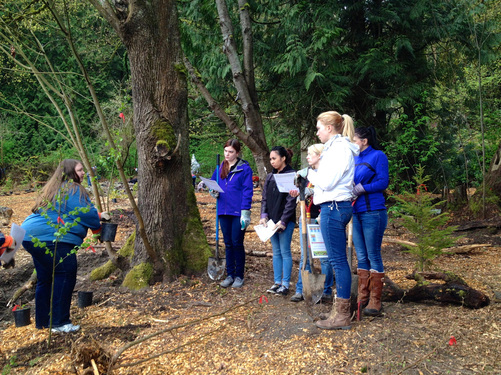 Team member Carolyn Stapp going over planting tips. 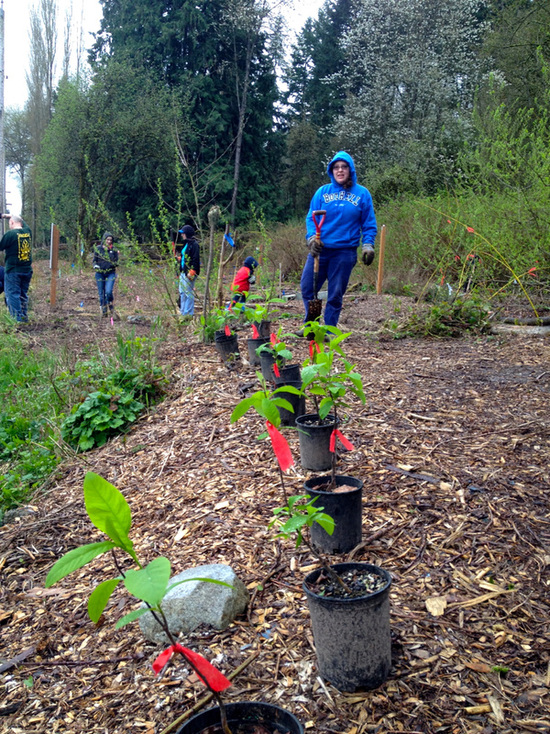 Lots and lots of pots. 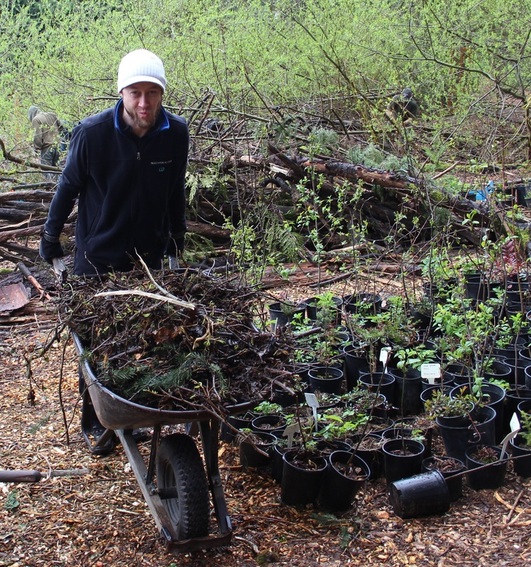 Six wheelbarrows going all day... 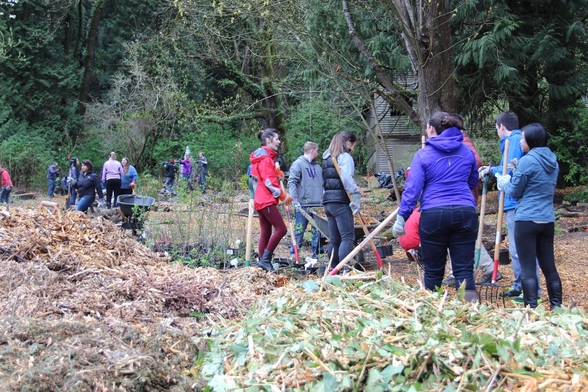 ... and six pitchforkers to fill them. 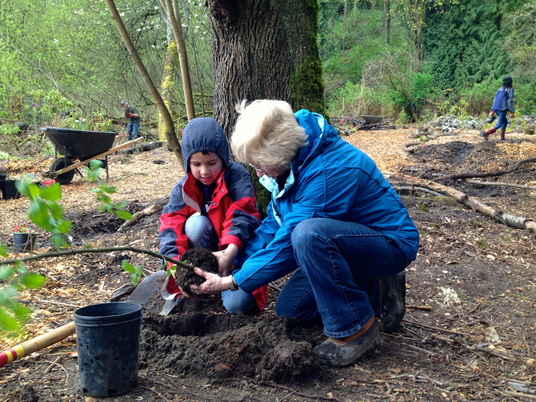 All sizes of planters and plants... 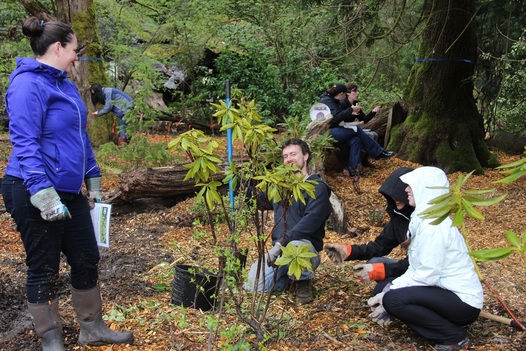 ...some laughter and skill left nothing to chance. (really bad poetry huh?) 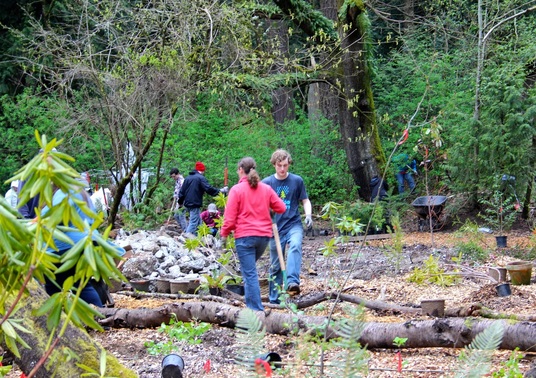 Team Liaison Ryan Isaacson was everywhere all day. 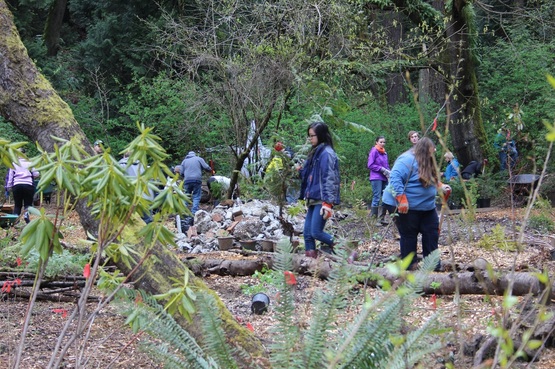 There were people everywhere you looked. Our previous record was 54 volunteers two years ago. 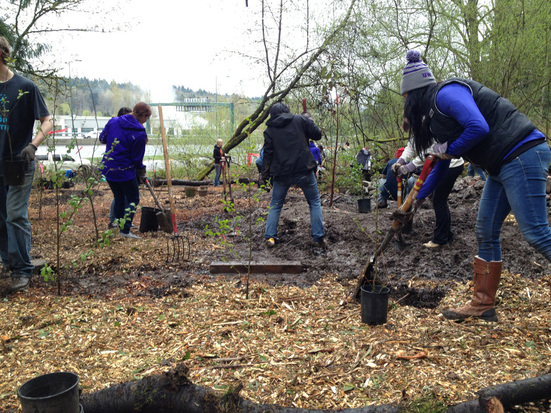 This is about the limit of our tools, some being borrowed from neighbors. The site changed before our eyes. 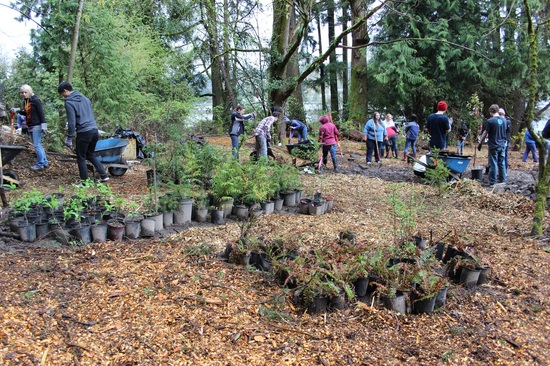 Plants were staged in many locations around the site. 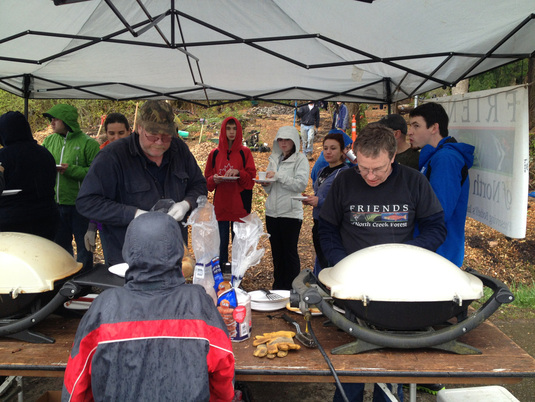 The only way the grills kept up with the lunch crowd was to feed people 15 at a time. 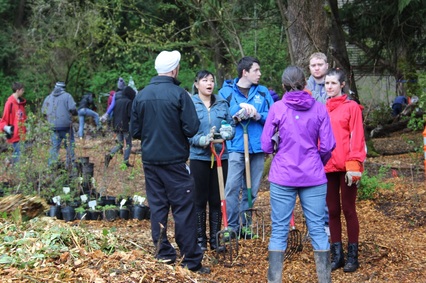 Post lunch the pitchfork crew took a short break for a conversation with Professor Amy Lambert. 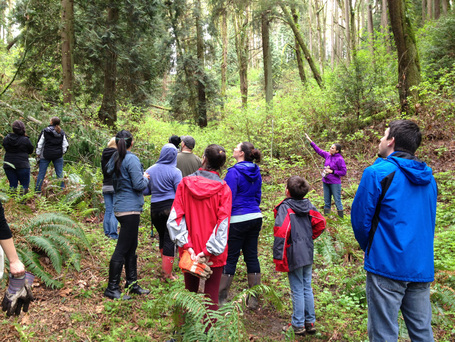 Toward the end of the day Dr. Lambert took groups for a short hike to a basin where forest succession could be easily observed. The signature ending. About twenty five people already left before we could get the shot. Credits: Alice Tsoodle took all the good photos but they got mixed in with the rest :) You all made a big difference this day. Thank you.... - Friends of North Creek Forest Like what you see? Don't miss April 19th! Our Stewardship and Education programs are made possible by grants from the Tulalip Tribes and the Rose Foundation.
4 Comments
A Perfect Day in the Forest 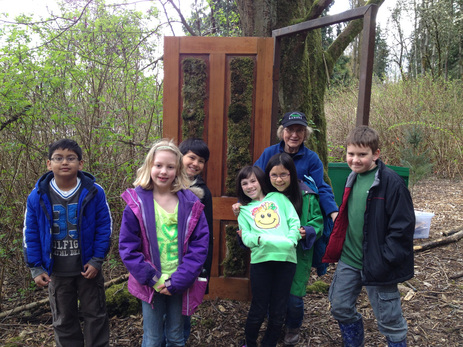 April 4th was a near perfect day to be out in the forest. Erin Smith's class from Canyon Creek Elementary showed up to help us plant trees and to learn about science. 20 kids broke into 3 teams. Quotes are from letters written by the students. You may read all of those letters HERE. 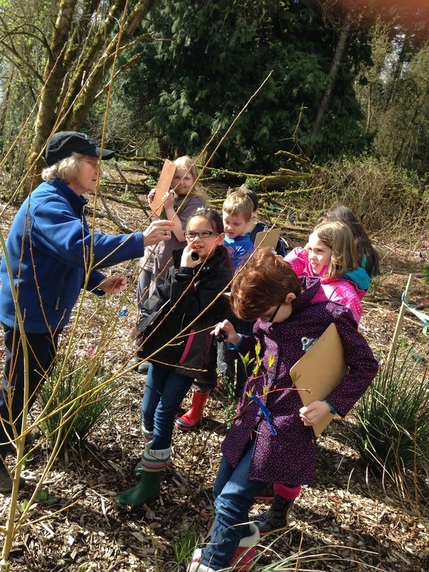 Photo by Ranger Alice Photo by Ranger Alice "You are very generous to our community by turning what used to be a dump into a nice peaceful forest." (note: We did remove 4000 pounds of junk from this site + a car, a truck and a camper) Ranger Carolyn sets up a lesson on tree identification. How do you think kids managed to ID trees without leaves on them? "I learned how plants make stuff similar to antifreeze. " "I learned about how to plant and how plants survive in the winter. " 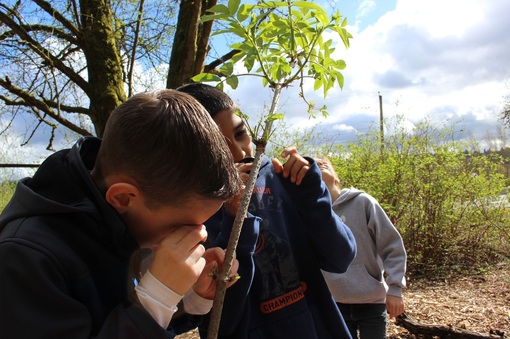 Getting a close look. Photo by Ranger Alice Getting a close look. Photo by Ranger Alice "My favorite part is making names for the plants. There’s Tim, penea, Bob and leafa." Students learned how to identify trees and shrubs by studying buds through a magnifier and comparing what they saw with a table of drawings depicting buds from native plants. "I learned about deciduous and evergreen trees." "I learned how to test water and how to plant plants and how to observe plants!" 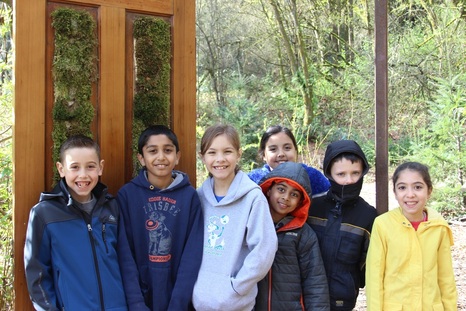 "I learned that trees have lots of homes for the insects." Another team passes through the moss door. "I hope you can have us over again soon!!!" 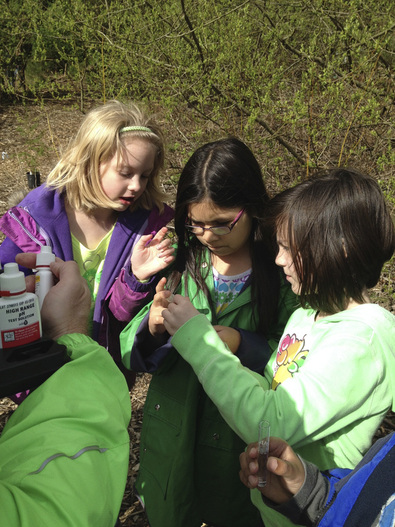 This is cool science, test tubes and other stuff. Photo by Ranger Alice This is cool science, test tubes and other stuff. Photo by Ranger Alice Ranger David (a killer whale scientist and our Vice President) shows students how to test the pH of water. "I am still wondering where can I get the test tubes and chemicals?" (Note: it is easier to find pH test strips and they are easier, but a little less accurate, to use.) 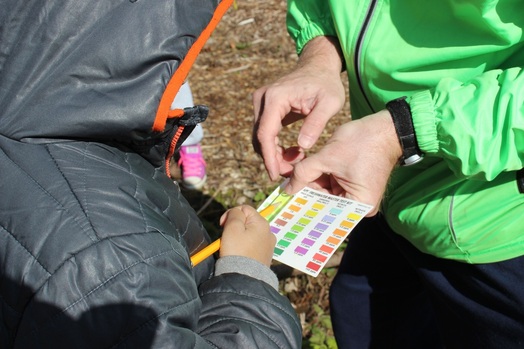 And the results are in. By laying their test tube next to a color chart students identified the pH of the surface water. It was 6.6 Students all got nearly the same reading. Good field work. Good science. 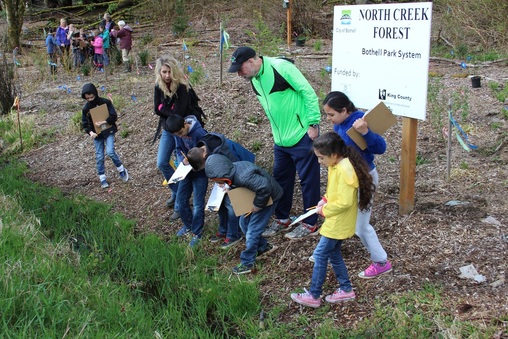 Students made observations in the ditch at the edge of the restoration site. They had to write up their observations. "I also learned about diseases in plants." 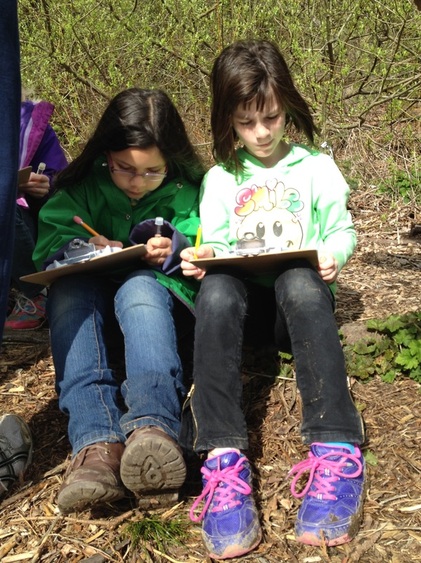 Concentration. Photo by Ranger Alice Concentration. Photo by Ranger Alice "I learned so much! " It's very important to write good notes about what we see. "I had a great time learning how to tell if water is clean" 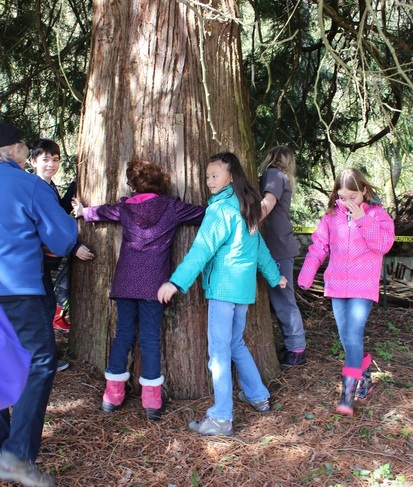 "I loved the experience of nature. " How many third graders does it take to circle this cedar tree? "Thank you for letting us look at the native plants an letting us go there for free." 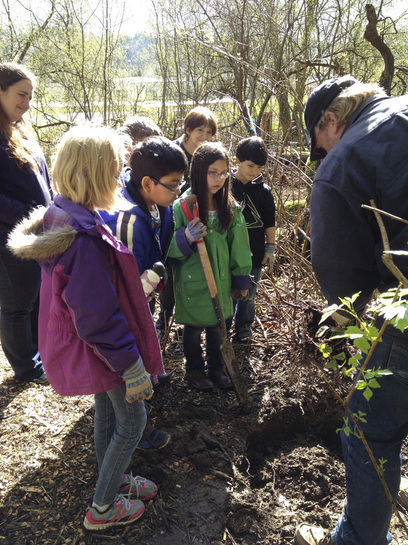 "I learned that plants die if you bury their roots too deep." Ranger Kent shows this team how to build a cone of soil in the hole and fan the roots down over that cone. He also explained something called a "moss line" which helps to determine exactly how far up the trunk the soil should go. "I learned not to fill the dirt to the trunk!" "Thank you for teaching us so many facts about plants, letting us get some fresh air, get a little dirty, and have fun! " 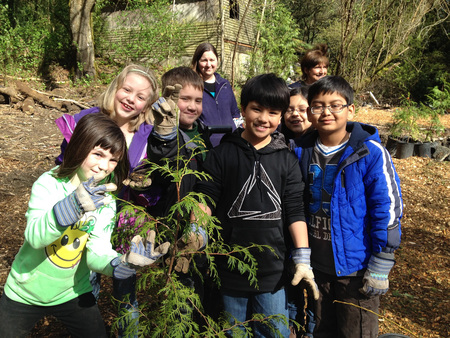 The first cedar. Photo by Ranger Alice The first cedar. Photo by Ranger Alice "It was awesomely awesome planting!!" This team gets their picture taken in front of the first cedar tree they planted. Hey Patti An, that's one you donated! "Best field trip ever!" Great job kids. Your trees will grow to be giants some day! Our Stewardship and education programs are made possible by grants from:
|
Categories
All
__Archives
March 2020
|

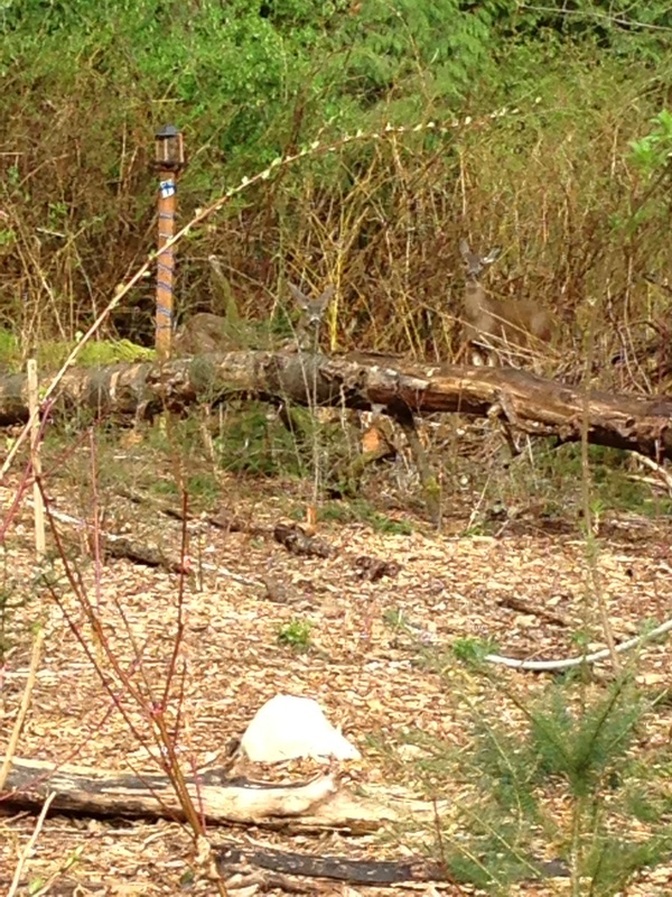
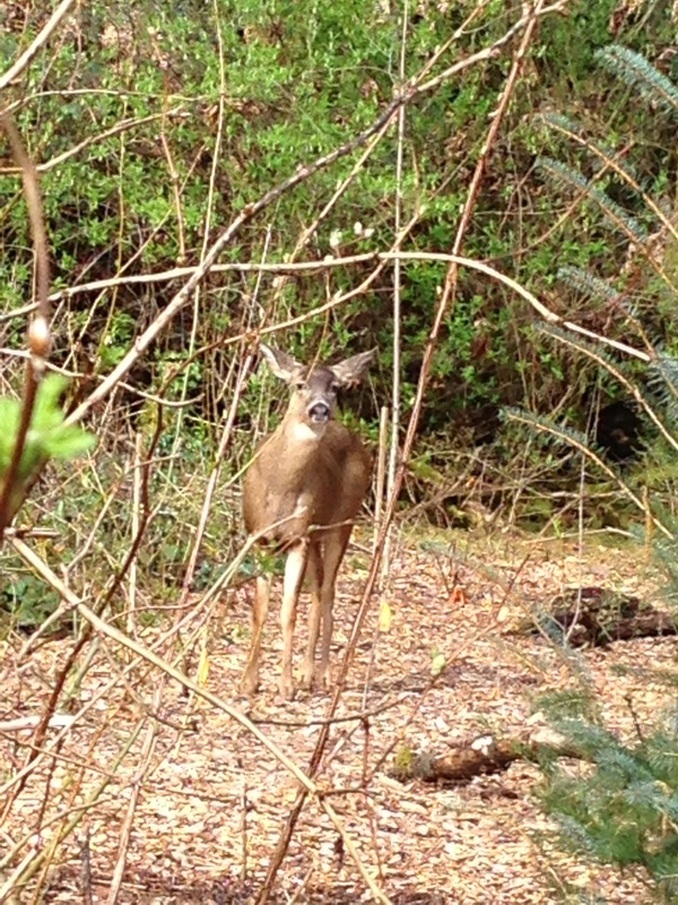
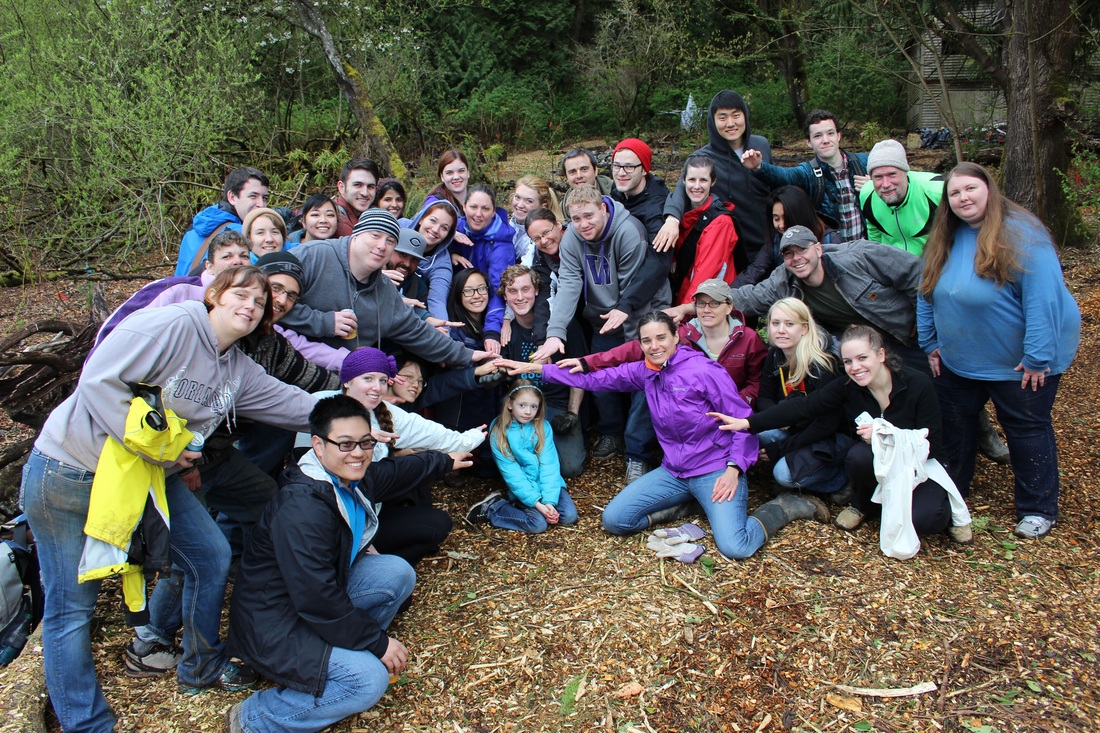


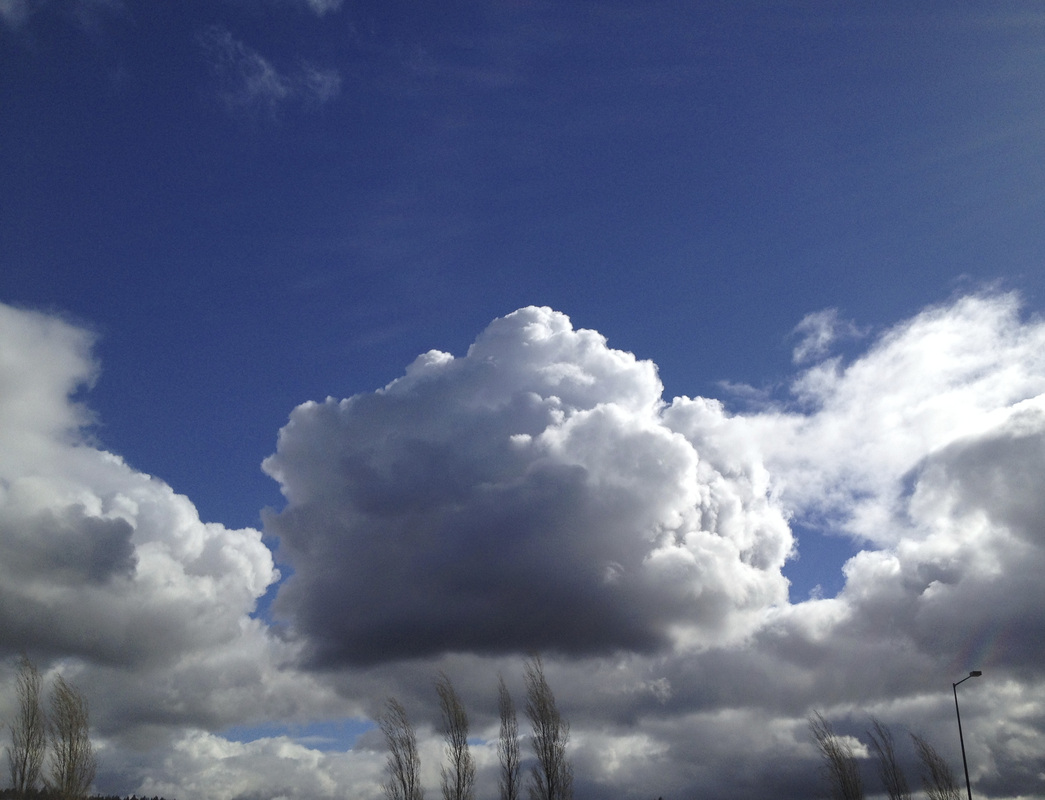
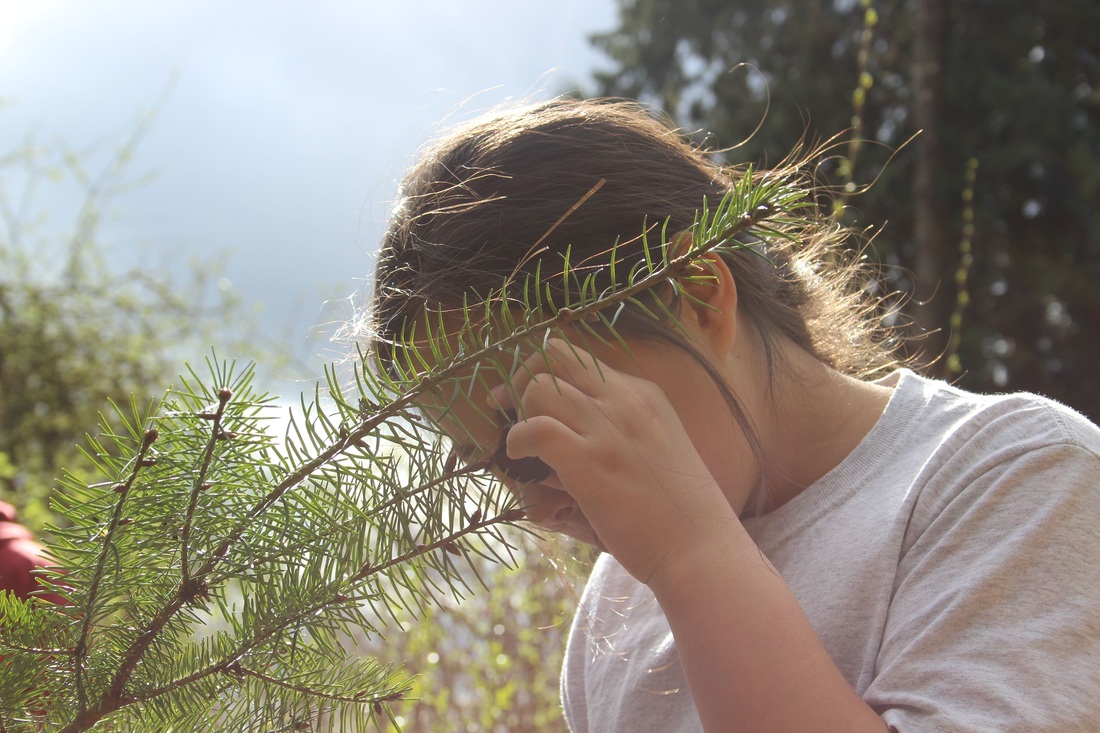
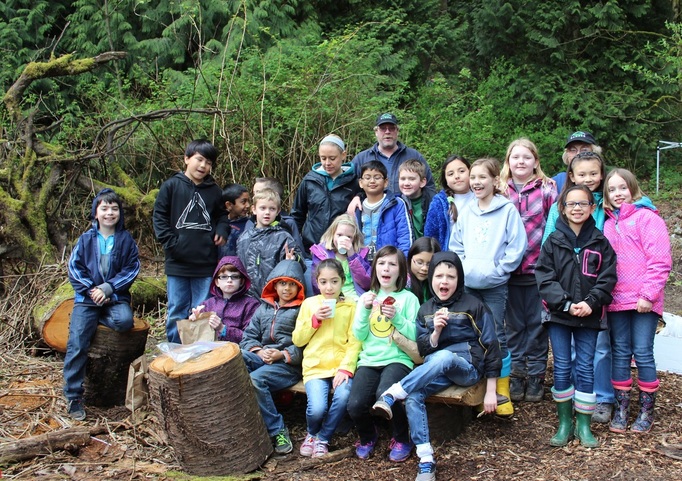


 RSS Feed
RSS Feed
